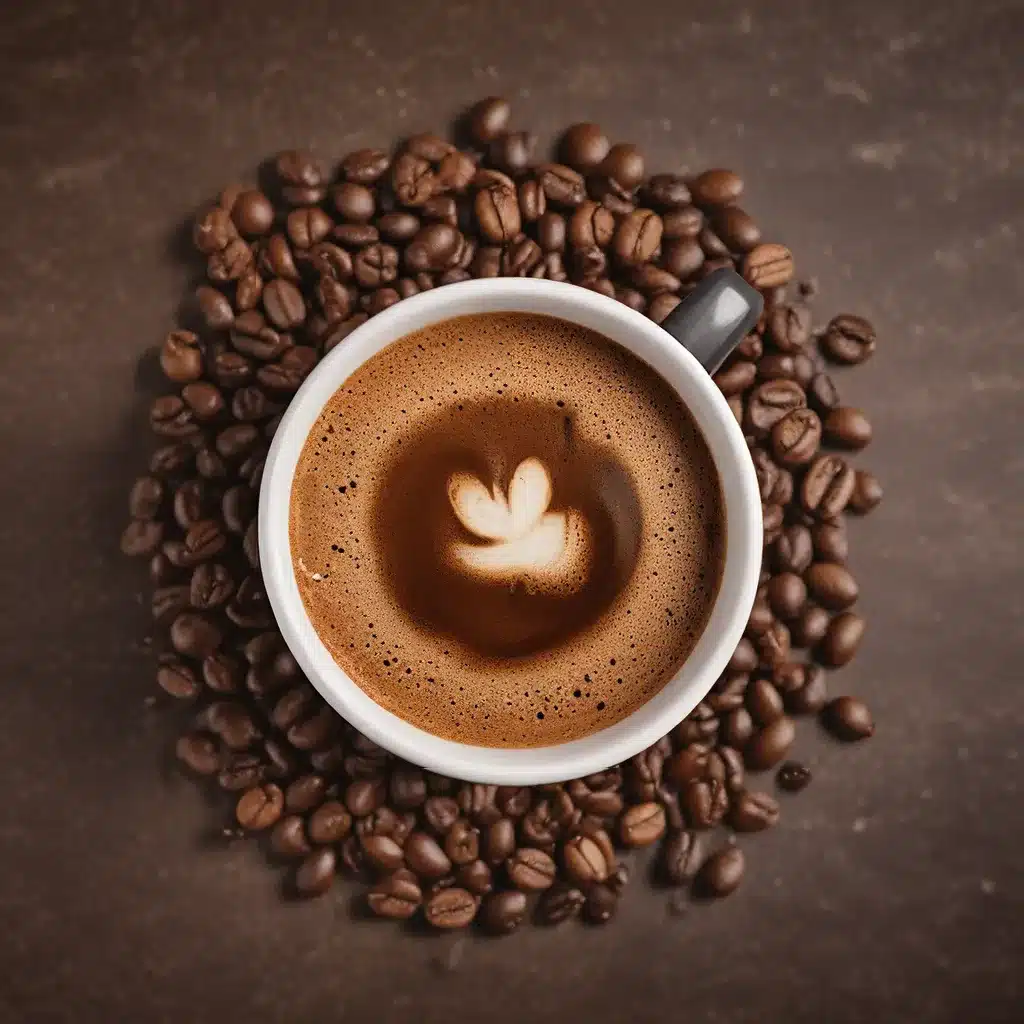
As a self-professed coffee enthusiast, I’ve always been fascinated by the science behind the perfect brew. From the intricate dance of water temperature and flow rate to the elusive pursuit of optimal extraction, there’s a world of complexity hidden in every cup. And in recent years, I’ve been captivated by the advancements in coffee extraction technology that are pushing the boundaries of what’s possible.
Unlocking the Secrets of Coffee Extraction
The art of coffee brewing is, at its core, a delicate balance of water chemistry, grind size, and extraction time. Get any one of those elements out of sync, and you risk ending up with a cup that’s either under-extracted (sour and flat) or over-extracted (bitter and astringent). It’s a delicate dance that requires precision and attention to detail.
But what if I told you that the days of guesswork and trial-and-error are quickly coming to an end? Thanks to the tireless efforts of coffee scientists and enthusiasts, we now have a wealth of tools and technologies at our fingertips that are revolutionizing the way we approach coffee extraction.
Measuring the Unmeasurable
One of the key breakthroughs in this field has been the development of advanced measurement tools that allow us to peer deeper into the mysteries of coffee extraction. Take, for example, the VST Coffee Lab III refractometer – a game-changing device that can precisely measure the total dissolved solids (TDS) in a cup of coffee.
As I’ve learned from Coffee ad Astra, this technology has opened up a whole new world of possibilities for coffee enthusiasts. By tracking the TDS of our brews, we can calculate the extraction yield – the percentage of soluble solids that we’ve successfully extracted from the coffee grounds. This, in turn, allows us to fine-tune our recipes and techniques to achieve that elusive “sweet spot” of optimal extraction.
But the advancements don’t stop there. Coffee scientists have also developed innovative ways to measure other key variables, such as water hardness, flow rate, and even the astringency of a brew. By understanding these underlying factors, we can make more informed decisions about our coffee brewing and potentially find ways to mitigate undesirable characteristics like bitterness or acidity.
Hacking Our Way to Better Brews
Of course, these advanced measurement tools can come with a hefty price tag, putting them out of reach for many coffee lovers. But where there’s a will, there’s a way – and that’s where the ingenious coffee hackers come in.
As I’ve discovered on Coffee ad Astra, there are a growing number of creative individuals who are finding innovative ways to repurpose everyday tools and devices for coffee-related measurements. From modified aquarium kits to custom-built apps, these coffee enthusiasts are proving that you don’t need a laboratory full of expensive equipment to gain valuable insights into your brew.
And the best part? Many of these DIY solutions are open-source and freely available for others to explore and build upon. It’s a true testament to the collaborative spirit of the coffee community, where knowledge and innovation are shared freely for the benefit of all.
Brewing with Precision
As I’ve delved deeper into the world of coffee extraction technology, I’ve come to appreciate the incredible level of precision and control that we now have at our fingertips. No longer are we limited to the whims of our taste buds or the guesswork of trial and error. Instead, we can leverage a growing arsenal of tools and techniques to dial in our brews with laser-like accuracy.
At Sips Coffee House, we’ve been early adopters of many of these advancements, using them to refine our brewing processes and ensure that every cup we serve is a true masterpiece. From carefully calibrated grind sizes to meticulously tuned water recipes, we leave nothing to chance in our pursuit of coffee perfection.
But the journey doesn’t end there. As I’ve discovered, the field of coffee extraction technology is constantly evolving, with new innovations and discoveries emerging all the time. There are still many unanswered questions – about the role of water chemistry, the importance of grind size distribution, and the elusive nature of coffee aroma and flavor.
The Future of Coffee Brewing
So, what does the future hold for coffee extraction technology? Likely, we’ll see continued advancements in measurement tools, allowing us to gain even deeper insights into the complexities of the brewing process. Potentially, we may even witness the development of automated brewing systems that can precisely control every variable, ensuring a consistent and optimal extraction with the push of a button.
And who knows? Perhaps we’ll even see breakthroughs in our understanding of the chemical and physical processes that govern coffee extraction, leading to revolutionary new brewing methods or even the ability to engineer customized flavor profiles to suit individual tastes.
The possibilities are truly endless, and that’s what excites me most about this field. As a coffee lover, I’m thrilled to be living in a time of such incredible innovation and discovery. And I can’t wait to see what the future holds – because one thing is certain: the pursuit of the perfect cup of coffee is an endless and captivating journey.















